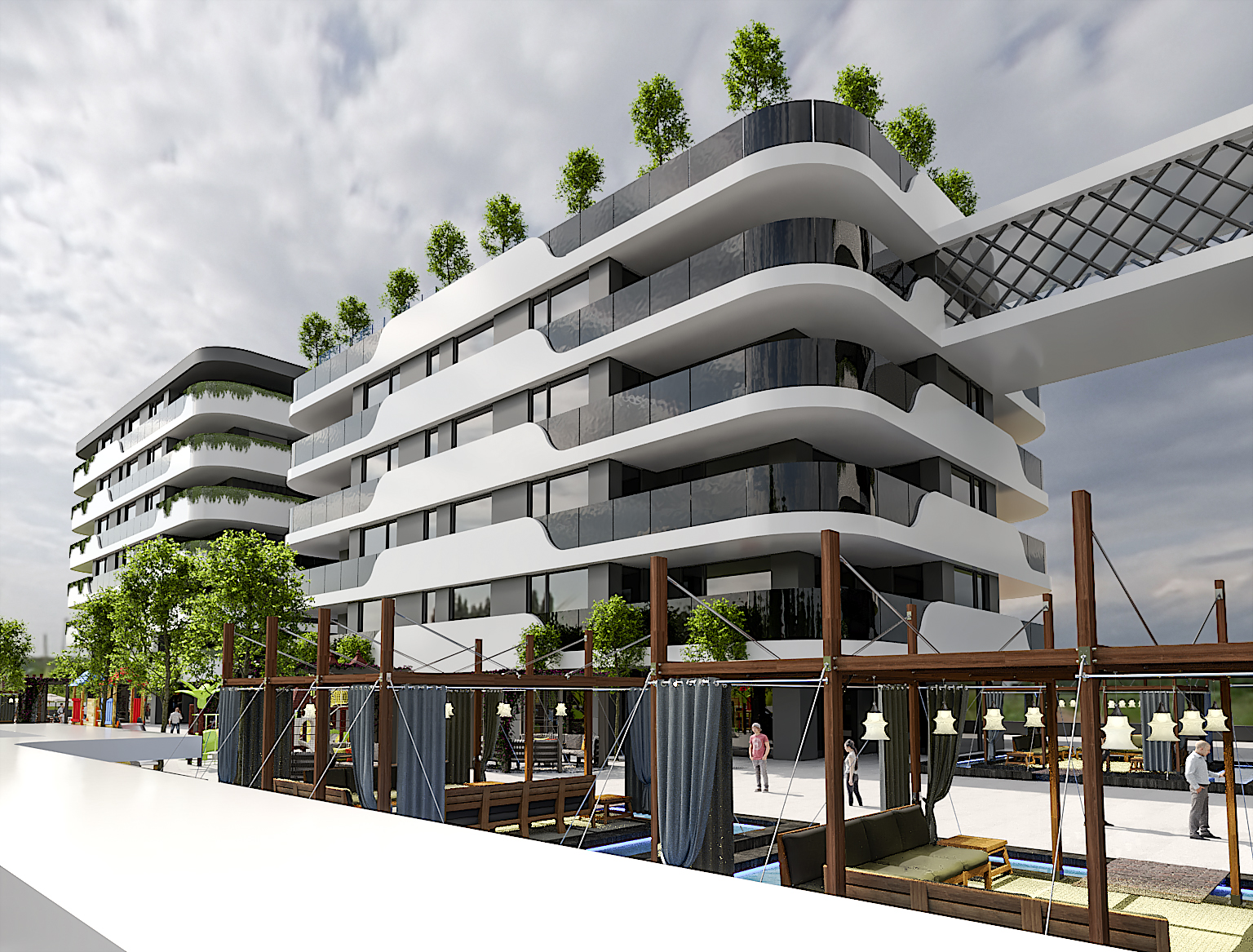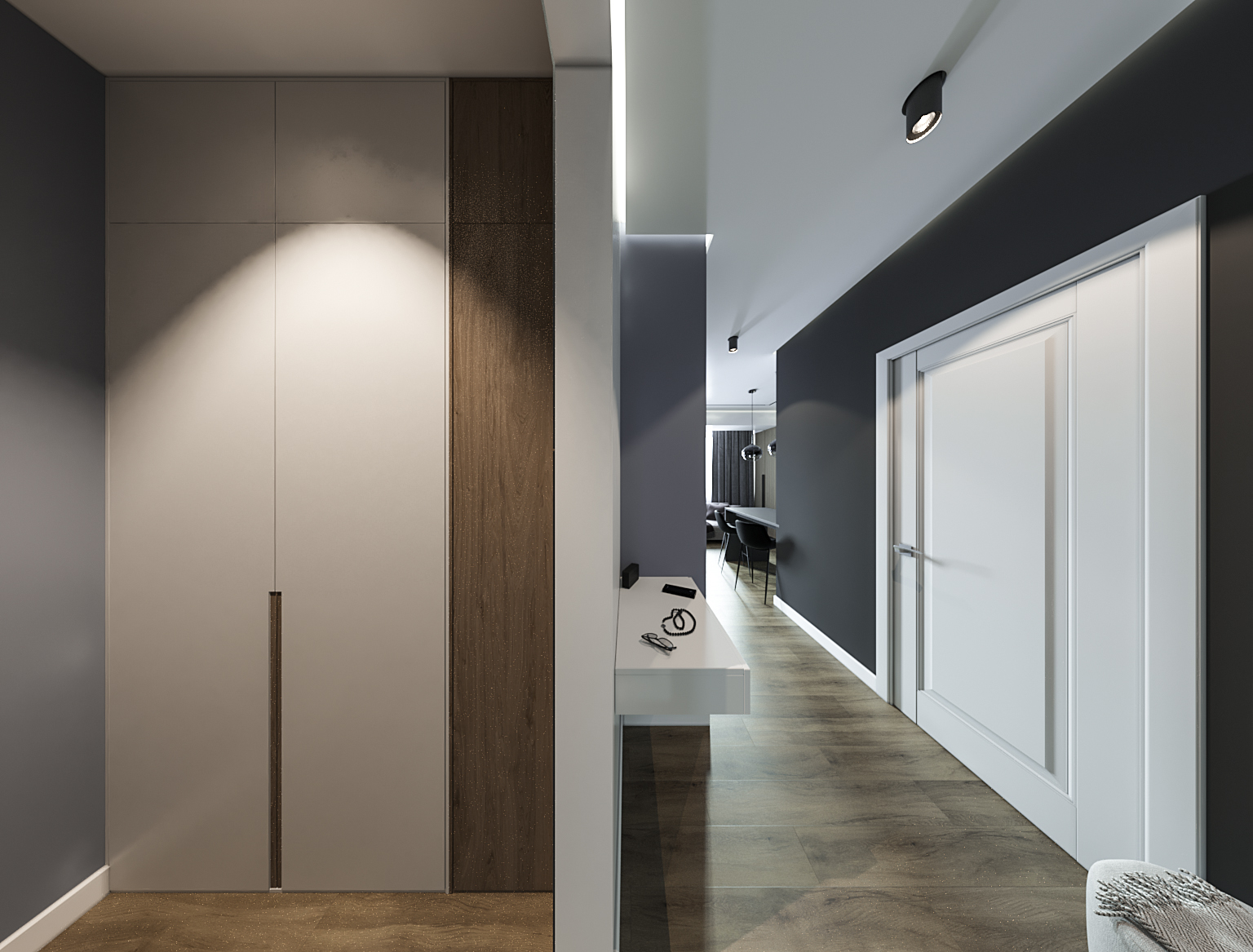Technical Inspection of Residential, Industrial, and Public Buildings and Structures
Building and structure inspection is a procedure to evaluate the condition of a specific object. During this process, issues in the technical condition of the structure are identified. Based on the research results, decisions are made regarding repair, reconstruction, or demolition of the structure.
The inspection must be carried out by qualified professionals. The duration and quality of the inspection depend on their level of professionalism. A professional approach includes studying building documentation, compliance with regulatory acts, and the visual condition of the object.
Why inspect buildings?
The main purpose is to confirm the safety of the object’s operation. Additionally, it identifies problems in the structure’s technical condition and determines which parts require repair or replacement.
Technical inspection is a set of measures aimed at assessing the operational capability of buildings. These inspections provide complete information for repairs or reconstruction.
Types of inspections:
- Scheduled inspections: conducted at specific intervals according to regulatory documents.
- Preventive inspections: performed when there is a reason for concern.
- Voluntary inspections: initiated by the property owner.
In emergencies (fires or accidents), technical inspections are mandatory as the damage may be significant. Inspections are also recommended immediately if visible defects appear in or outside the structure, as these issues may pose serious risks.
For business owners
Inspections are conducted in cases such as:
- Planning technical upgrades or major repairs.
- Restarting long-stalled construction projects.
- Selling or purchasing property.
- Identifying potential technical risks.
Stages of building inspection:
- Analysis of project documents.
- Construction inspection.
- Examination of components using necessary tools.
- Photo documentation of defects.
- Data processing.
- Preparation of a report with recommendations.
Inspection methods:
- Visual, ultrasonic, electromagnetic, radiometric, acoustic, geodetic, thermographic, and more.
Results:
Based on the inspection, the condition of a structure can be classified as standard, satisfactory, limited, or emergency. Emergency buildings are prohibited from use until brought to a standard or satisfactory state.




